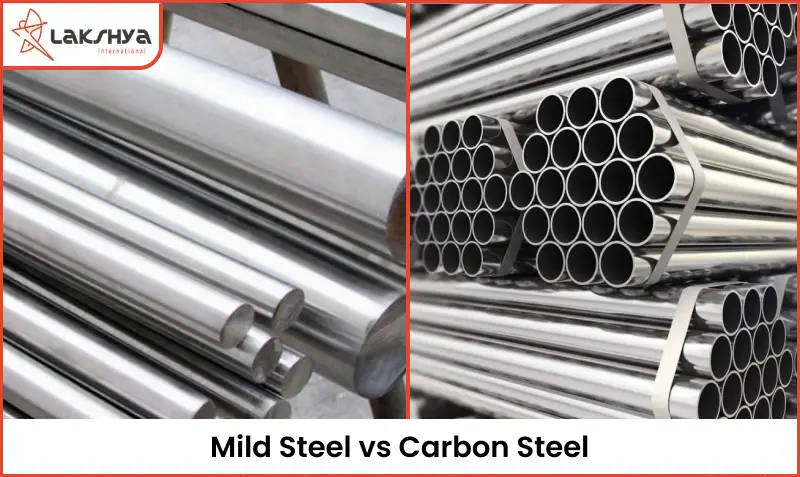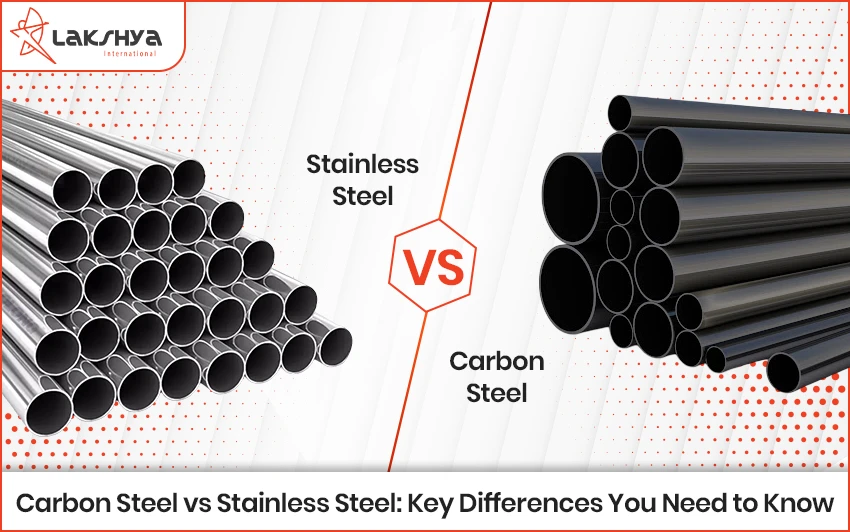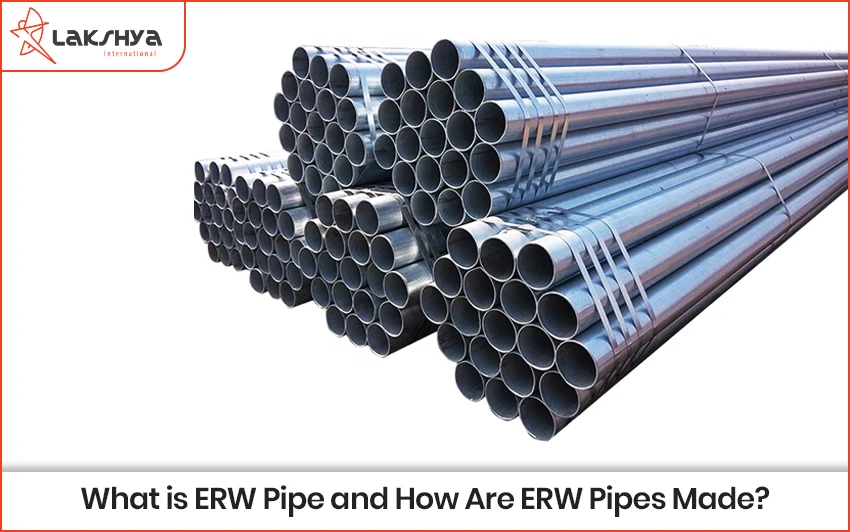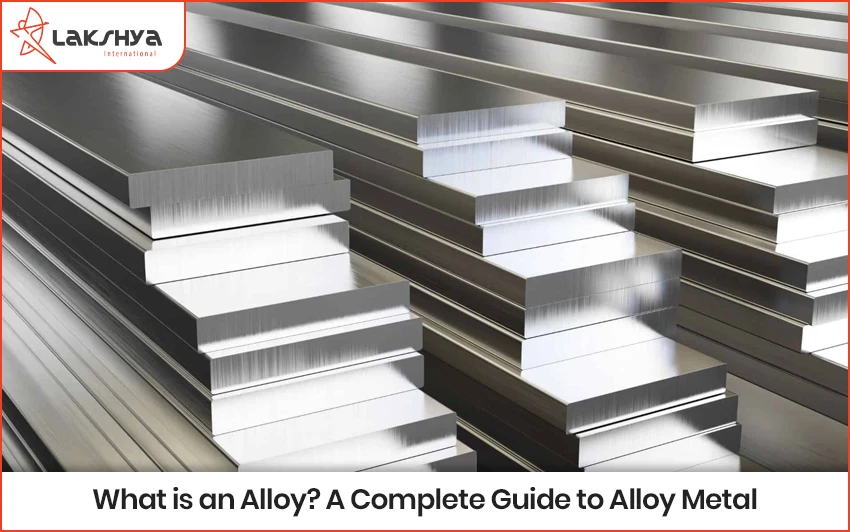Steel is the most widely used material in construction, manufacturing, and industry. Among the various types of steel, mild steel and carbon steel are two of the most commonly utilized. While both serve similar purposes, they have distinct differences that make them better suited for different applications. This article explores these differences by examining their carbon content, mechanical properties, and manufacturing and finishing processes.
Mild steel is actually a subset of carbon steel, distinguished by its low carbon content. This low carbon content gives mild steel its unique properties, making it suitable for a wide range of uses. Despite its lower carbon content, mild steel is highly versatile and accounts for approximately 85% of all steel production in the United States.
Understanding the distinction between mild steel and other forms of carbon steel is crucial for making informed decisions in metal fabrication and engineering. Whether you are a metal fabricator, engineer, or simply interested in steel, grasping these differences will help you select the right type of steel for your needs.
What is Mild Steel?
Mild Steel is a type of carbon steel that contains a relatively low amount of carbon, making it the mildest form of carbon steel. In addition to carbon, it may also contain other elements such as manganese, silicon, and trace amounts of phosphorus. These elements help protect the structure of the iron in the metal by preventing dislocations within the iron crystals. The carbon content directly affects the steel’s strength, with higher percentages of carbon resulting in stronger steel.
Due to its low carbon content, mild steel is more ductile and easier to shape, form, and weld compared to other steel types. It boasts good machinability, allowing for easy drilling, cutting, and fabrication into diverse shapes and sizes. Mild steel also offers relatively high tensile strength, making it suitable for demanding applications such as beams, columns, and machinery components. Its versatility and cost-effectiveness have made it a preferred option across various industries.
What is Carbon Steel?
Carbon steel is a type of steel primarily composed of carbon, typically ranging from 0.05% to 1.70% by weight. The carbon content significantly influences the steel’s characteristics: increasing the carbon content enhances strength but also makes the steel more brittle and less flexible.
There are two main types of carbon steel: low carbon steel, containing 0.05% to 0.15% carbon, which is cheaper to produce and widely used in various applications; and high carbon steel, containing 0.3% to 1.70% carbon, which can be heat-treated to enhance its properties. High carbon steel is favored for its high strength and durability, making it ideal for products such as rails, pre-stressed concrete, wire ropes, tire reinforcement, knives, saw blades, gear wheels, and chains. Additionally, other elements like sulfur can be present in carbon steel, imparting unique qualities to the material.
Carbon Steel vs Mild Steel
Low carbon steel, which typically contains 0.04–0.3% carbon, is the most common grade of carbon steel. Within this category, mild steel stands out as a subset, with a carbon content ranging from 0.05 to 0.25%. Mild steel, especially when it approaches the higher end of this range and includes up to 1.5% manganese, demonstrates mechanical properties that make it suitable for more demanding applications such as stampings, forgings, seamless tubes, and boiler plates. Its combination of versatility and strength contributes to its widespread use across various industries. To better understand the differences between carbon steel and mild steel, we explore their properties, cost, and applications.
|
Comparison |
Mild Steel |
Carbon Steel |
|
Carbon Content |
Low |
Medium to Ultra-High |
|
Mechanical Strength |
Moderate |
High |
|
Ductility |
High |
Moderate – Low |
|
Corrosion resistance |
Poor |
Poor |
|
Weldability |
Good |
Generally not suitable |
|
Cost |
Inexpensive |
Slightly higher per weight |
Carbon steel vs Mild steel properties
Carbon steel and mild steel each offer distinct properties that make them suitable for different applications. Carbon steel, which contains 0.05% to 1.70% carbon by weight, is known for its increased strength and durability due to its higher carbon content, though this also makes it more brittle. This type of steel can be heat-treated to further enhance its properties, making it ideal for high-strength applications such as knives, saw blades, and gear wheels. However, the additional strength and heat treatment capabilities make carbon steel more expensive than mild steel.
On the other hand, mild steel has a lower carbon content, making it more ductile and malleable. This steel type often includes other elements such as manganese and silicon, which contribute to its versatility. Mild steel is economical and widely used in construction and building materials due to its affordability and ease of use. It is typically less expensive than carbon steel and is preferred for projects where cost-effectiveness and ease of fabrication are crucial.
Uses for Carbon Steel and Mild Steel
Carbon steel and mild steel each have unique properties suitable for various applications. Carbon steel, known for its strength and durability, is ideal for construction, machine parts, tools, and cutting implements like knives and blades due to its high strength, hardness, and wear resistance. It is also suitable for gears and shafts.
Mild steel, on the other hand, is often used in automotive components due to its ease of forming into various shapes without losing strength or durability. Its malleability makes it perfect for forging, welding, and machining. In construction, mild steel is widely used for structural frames, facades, beams, columns, and roofs due to its favorable strength-to-weight ratio.
Conclusion
Steel is a crucial material in construction, manufacturing, and industry, with mild steel and carbon steel being two of the most common types. Mild steel has low carbon content, making it ductile, malleable, and easy to weld, while carbon steel has higher carbon content, increasing strength but also brittleness. Mild steel is ideal for applications requiring flexibility and formability, such as automotive components and structural frames. In contrast, carbon steel is suited for high-strength applications like construction and industrial manufacturing. Understanding the differences in carbon content, mechanical properties, and applications can help you choose the right steel for your needs.




